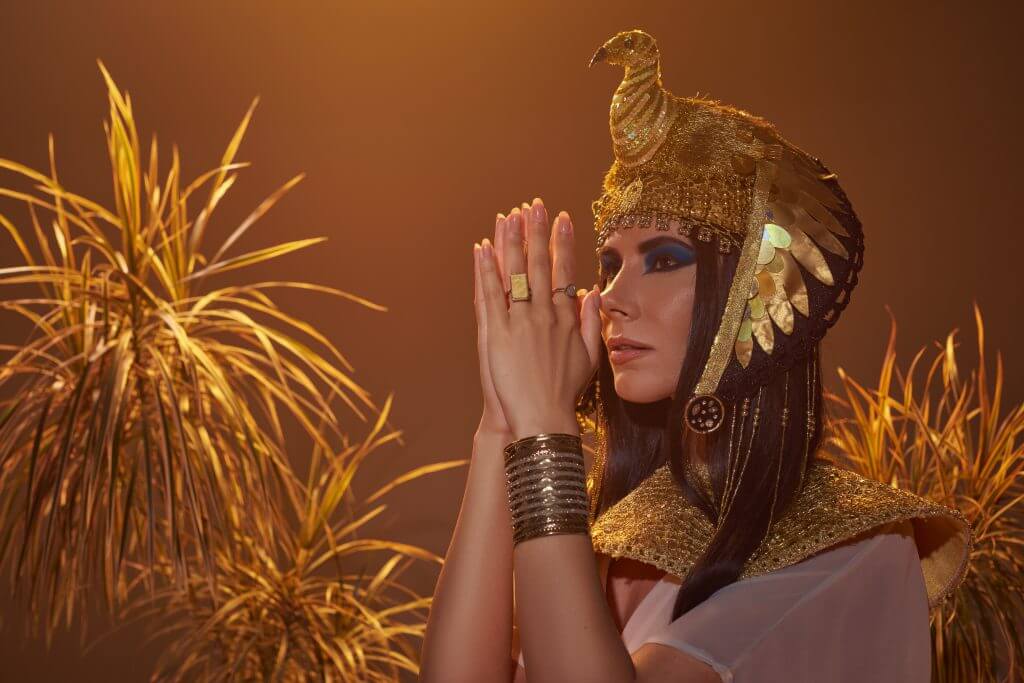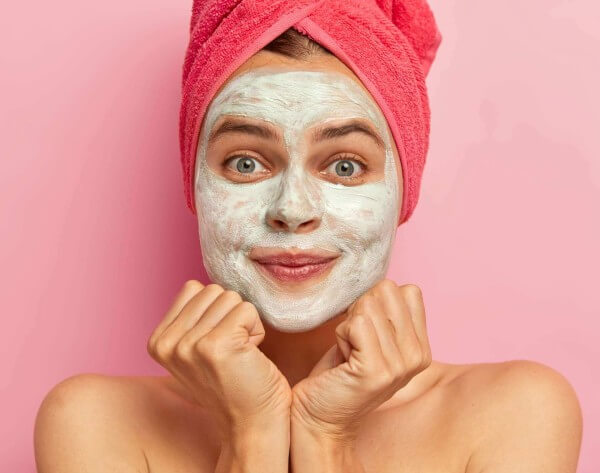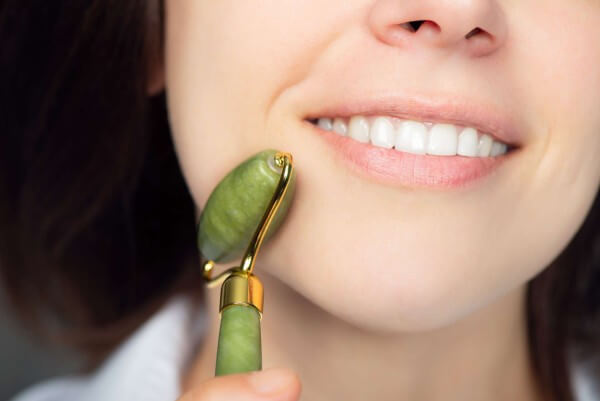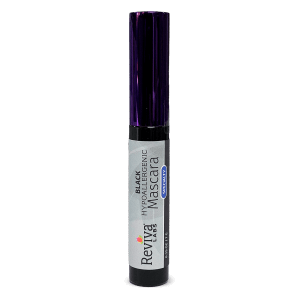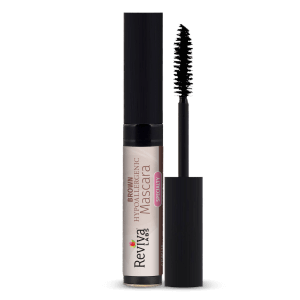Reviva Labs, Skin Care
Mascara – From its Ancient Origins to Modern Innovations
Mascara has long been a staple in beauty routines, dating back thousands of years to ancient civilizations. The journey of mascara from rudimentary concoctions to today’s sophisticated formulations is a testament to its enduring allure. Understanding the evolution of this cosmetic, as well as the various types of formulas and brushes available, can help you choose the best option for your unique eye shape.
The use of mascara can be traced back to ancient Egypt, where both men and women used a substance known as “kohl” to darken their eyelashes, eyebrows, and eyelids. This early version of mascara was a mixture of soot or charcoal and other ingredients like crocodile dung and honey, applied with a small stick. Kohl not only enhanced the eyes but also served as protection against the sun’s glare and even as a deterrent against evil spirits. The trend continued with the ancient Greeks and Romans, who sought to enhance their eyes using similar mixtures, albeit with slightly more refined ingredients.
In the early 19th century, the modern concept of mascara began to take shape. A French chemist named Eugène Rimmel, developed the first commercial mascara made from a mixture of petroleum jelly and black coal dust. Eventually, the name Rimmel became synonymous with this new product and still translates to ‘mascara’ in several languages today.
In 1915, a chemist named T.L. Williams created a mascara for his sister, Mabel. This mixture, also made of coal dust and petroleum jelly, was named “Maybelline,” a combination of Mabel’s name and the word “vaseline.” By 1917, Williams started a mail-order business with his mascara that grew to become the company now known as Maybelline. This marked the beginning of mascara’s journey as a mainstream cosmetic product. By the 1960s, mascara had become a makeup bag essential, with formulations and applicators continually advancing to provide even more definition to eyes.
Today, there are three main types: lengthening, volumizing, and waterproof.
Lengthening mascaras are designed with fibers that cling to the tips of your lashes, giving the appearance of longer lashes. Volumizing mascaras, on the other hand, are thicker and contain waxes or silicone polymers that create a fuller look by coating the lashes more heavily. Waterproof mascaras are formulated to resist water and humidity, ensuring that your lashes stay intact through sweat, tears, or a rainy day.
The choice of mascara doesn’t stop at the formula; the type of brush is equally important in determining the final look. Straight brushes are great for those with naturally long lashes, as they allow for even application from root to tip. Curved brushes, however, are ideal for creating a curled effect, especially on lashes that are naturally straight. For those with smaller or hooded eyes, thin brushes can help reach every lash without smudging onto the eyelids. If your lashes are sparse, consider a comb brush, which can help separate and define each lash for a more natural appearance. Finally, thick brushes with densely packed bristles are perfect for adding volume to lashes, making them appear fuller and more lush.
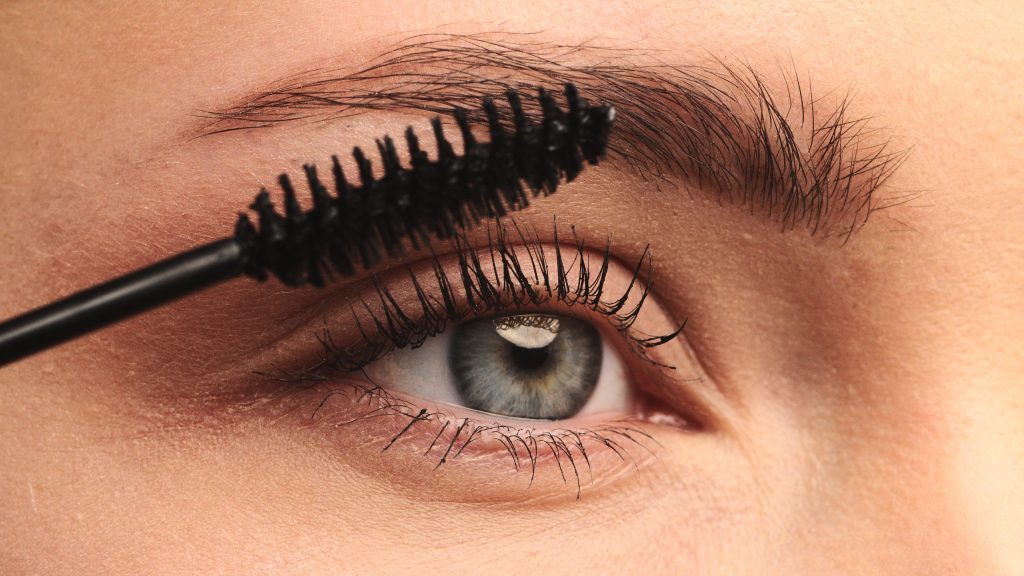
Your eye shape plays a crucial role in determining which mascara and brush combination will work best for you. For almond-shaped eyes, almost any mascara type and brush style will enhance their natural symmetry. If you have round eyes, opt for a lengthening formula with a straight brush to elongate the lashes and give the illusion of more almond-shaped eyes. Those with deep-set eyes should consider a volumizing mascara with a curved brush to lift and define lashes, making the eyes appear more prominent. Hooded eyes benefit from waterproof mascaras with thin brushes, which can reach and define every lash without transferring onto the eyelids. Monolids, on the other hand, can achieve a dramatic look with volumizing formulas paired with curved or hourglass-shaped brushes to lift and open up the eyes.
In recent years, the mascara market has expanded to include more specialized formulas, such as those enriched with conditioning agents like biotin or peptides to promote lash health. Some mascaras even contain natural ingredients like beeswax or plant-based oils, catering to the growing demand for clean beauty products.
As you explore the world of mascara, consider not only the desired effect—whether it’s length, volume, curl, or all three—but also your eye shape and lash type. The perfect mascara is one that complements your natural features while enhancing your overall look. With so many options available, finding the right combination of formula and brush is key to achieving your desired lash goals.

